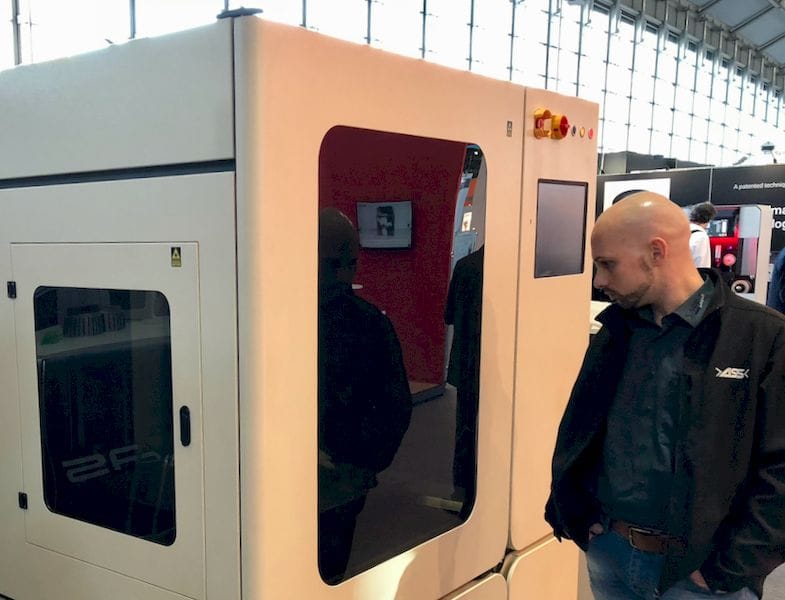
3D printing is still a mystery to some, with plenty of misunderstandings persisting.
People have been talking about the potential of 3D printing, both good and bad, for over two decades. But over the past five years in particular, interest around the subject has grown considerably, and with that so do misconceptions about what can – and cannot – be done with 3D printing. Even people with some familiarity in the technology sometimes misunderstand its capabilities. While 3D printing technology will undoubtedly be an important part of our future, it may not be exactly what everyone expects.
1. 3D Printers Are Outrageously Expensive
This statement is slightly misleading; it’s both true and it’s false. Some industrial style 3D printers designed for large scale projects or using metal materials can be quite expensive, especially when including all the peripheral equipment and environment you’ll need to operate them.
Meanwhile, desktop 3D printers for home use have dropped in price significantly in the past few years. Hobbyists and tinkerers can source relatively cheap 3D printers that are affordable for experimentation, sometimes with prices as low as USD$200 or less. W
What’s considered expensive is simply relative. Value for money counts more than anything.
2. 3D Printers Can Do Everything
3D printing is almost never easy. It’s not something that can solve any given manufacturing challenge, as it is applicable in a practical way only in certain circumstances. And those are usually for very expensive component production or experimental prototyping.
Environmental and cost concerns are important to most people, and 3D printing can, in theory, allow us to create products and components less wastefully, but that’s frequently not an option, as the 3D designs for arbitrary products are not openly accessible to everyone.
People who want to use 3D printers to revolutionize the world in laser or small ways will invent their own path forward, but this means there will be limits to what 3D printing can accomplish.
3. Criminals Frequently Use 3D Printers
Counterfeiting is a concern that many people raise about 3D printing, but even more people are worried about a 3D printer’s ability to create dangerous weapons. Videos exist showing 3D printed guns, but in truth, such weapons made with a 3D printer are novelties at best. Real bullets would destroy a 3D printed gun in a few moments – it would melt, explode, and shards would fly everywhere. As the technology stands right now, 3D printing cannot be used to make guns in any meaningful way, and this sort of danger is easily outdone by existing metal-making equipment that no one seems to mention.
4. Every Industry Will Use 3D Printing
Some industries simply won’t have a need for 3D printing. Serious statements are routinely made about 3D printing being used in the food service industry. Your pizzas, tacos, and hamburgers aren’t going to come from a 3D printer. It would be far too time consuming and the materials might need to be modified beyond all recognition.
While some industries will benefit tremendously from integrating 3D printing into their businesses, others would see little advantage, at least with current 3D printing technologies.
5. 3D Printing is The Future of Medical Science
We’ve seen images of customized 3D printed casts and some custom prosthetics, as well as hints of “3D printed human organs”. While these applications of 3D printing could benefit medical applications in some ways, a lot of this simply isn’t practical at this time.
3D printing cannot create replacement organs or duplicate real human tissue. These applications require far more complex 3D printing technology, technology that hasn’t yet been developed.
While 3D printing does enable breathtaking possibilities, it’s important to remember that this power is simply another manufacturing tool. It’s what enthusiasts, researchers and business ventures do with the technology that will make the difference, and these efforts need to be applied in the appropriate fields in order to make a meaningful impact.

